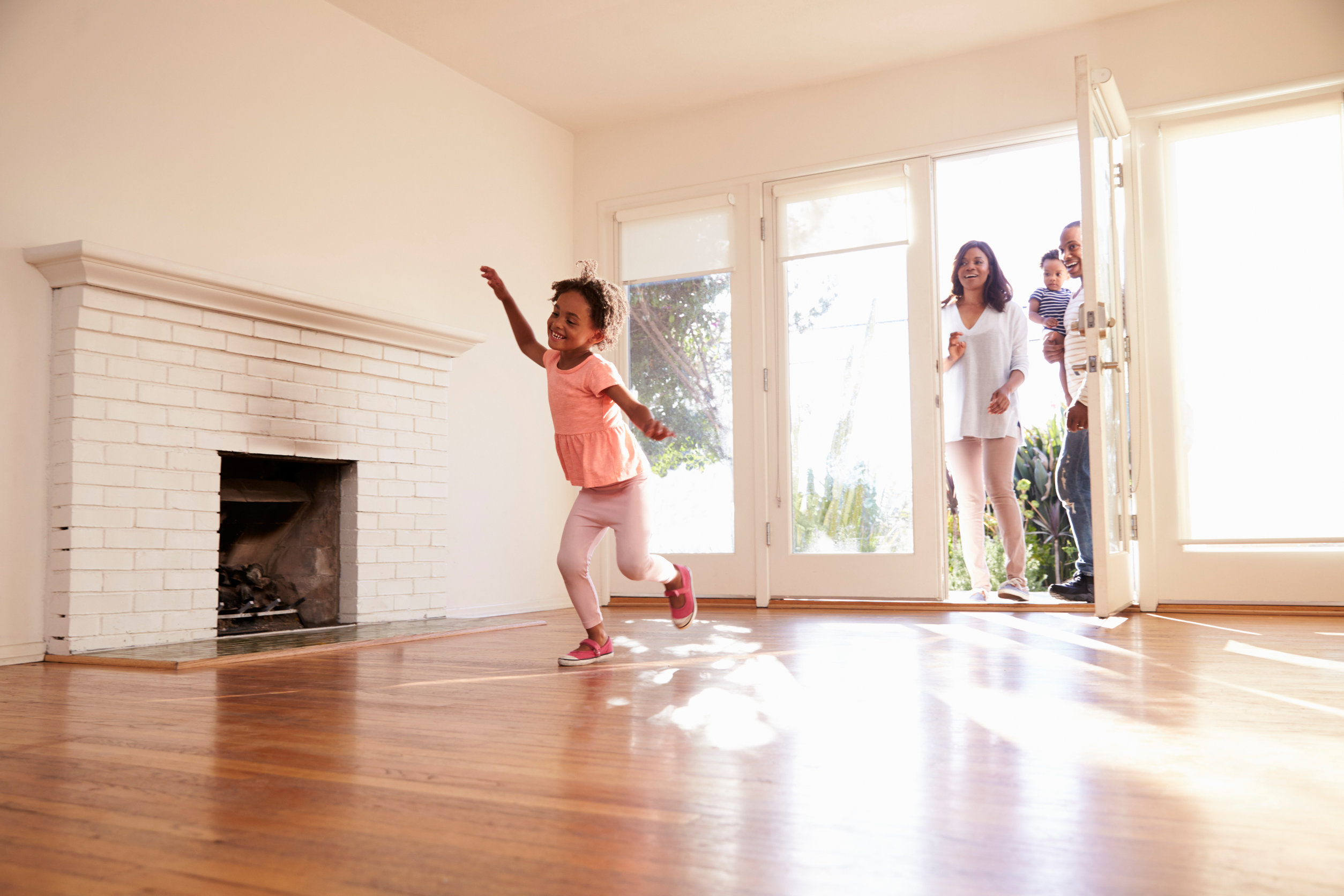
National Association of REALTORS®
Key Highlights
- The U.S. homeownership rate surged 1.3% to 65.5% in 2020 – the highest annual rise ever – as 2.6 million more households became homeowners compared to 2019. Though, the homeownership rate for Black Americans (43.4%) is lower than in 2010 (44.2%) and nearly 30 percentage points less than White Americans (72.1%). The homeownership rates for Asian Americans and Hispanic Americans are 61.7% and 51.1%, respectively.
- Black and Hispanic applicants (7% each) were more likely to be rejected for mortgage loans than White (4%) and Asian (3%) applicants.
- Black households – 41% – are the most likely to have student loan debt and also have the largest median student loan balance of $45,000.
The U.S. homeownership rate climbed to 65.5% in 2020, up 1.3% from 2019 and the largest annual increase on record. More Americans are likely to own a home now than during any year following the Great Recession (65.4% homeownership rate in 2010); however, Black Americans continue to face significant obstacles along the path to homeownership, according to the National Association of Realtors®. The homeownership rate for Black Americans – 43.4% – trails behind that of a decade ago (44.2% in 2010). Conversely, White Americans (72.1%), Asian Americans (61.7%) and Hispanic Americans (51.1%) all achieved decadelong highs in homeownership in 2020, with the rate for Hispanic Americans setting a record and reaching above 50% for the first time.
NAR’s 2022 Snapshot of Race and Home Buying in America report examines homeownership trends and challenges by race and location to explain current racial disparities in the housing market. Using data from the 2021 Profile of Home Buyers and Sellers, the report looks at the characteristics of who purchases homes, why they purchase, what they purchase and the financial background for buyers based on race.
“As the gap in homeownership rates for Black and White Americans has widened, it is important to understand the unique challenges that minority home buyers face,” said Jessica Lautz, NAR vice president of demographics and behavioral insights. “Housing affordability and low inventory has made it even more challenging for all buyers to enter into homeownership, but even more so for Black Americans.”
Housing affordability has eroded for many consumers since the start of the pandemic due to the combination of record-high home prices and record-low inventory. Since 2019, home prices have spiked 30% – or about $80,000 for a typical home, while housing inventory has declined to under one million units available for sale. Approximately half of all homes currently listed for sale (51%) are affordable to households with at least $100,000 income. Nationwide, nearly half of all Asian households annually earn more than $100,000. However, 35% of White households, 25% of Hispanic households and only 20% of Black households have incomes greater than $100,000. NAR’s analysis found that the most affordable states for Black households to purchase a home are Maryland, West Virginia, Kansas, Ohio and Indiana. Conversely, the least affordable states for Black households are Utah, Oregon, California, Nevada and Rhode Island.
In terms of renter households, half of Black Americans spend more than 30% of their monthly income on rent. Almost three out of 10 Black renter households (28%) and one in five White renter households (20%) are severely cost-burdened – defined as spending more than 50% of monthly income on rent. Nationwide, NAR estimates that 47% of White renter households and 36% of Black renter households can afford to buy a typical home when comparing the qualifying income to purchase a home and the median income of renter households.
“Black households not only spend a bigger portion of their income on rent, but they are also more likely to hold student debt and have higher balances,” Lautz added. “This makes it difficult for Black households to save for a down payment and as a result, they often use their 401(k) or retirement savings to enter homeownership.”
Black households (41%) are more than twice as likely as Asian households (18%) and nearly twice as likely as White households (22%) to have student loan debt. Approximately a quarter of Hispanic households (26%) reported having student loan debt. The median student loan debt for Black households ($45,000) exceeded that of Hispanic ($35,500), White ($30,000) and Asian ($24,400) households. Student debt is often a major impediment for prospective home buyers in saving for a down payment. Black and Hispanic applicants (7% each) were rejected for mortgage loans at greater rates than White and Asian applicants – 4% and 3%, respectively.
Black Americans (14%) and Hispanic Americans (12%) were at least twice as likely than White Americans (6%) to tap into their 401(k) or pension funds as a down payment source for a home purchase. Such actions can diminish future wealth growth. Conversely, almost four out of 10 White Americans (38%) used the funds from the sale of their primary residence to serve as a down payment for a home compared to only 25% of Hispanic, 21% of Black and 16% of Asian Americans.
The study noted that for those who said they witnessed or experienced discrimination in a real estate transaction, nearly a third of Black respondents (32%) said they faced stricter requirements because of their race. That compares to 19% of White respondents, 16% of Hispanic respondents and 4% of Asian respondents. Approximately one-third of Black and White home buyers (32% each) and almost a quarter of Hispanic home buyers (23%) said they witnessed or experienced discrimination with the type of loan product offered.
Approximately seven in 10 White Americans (69%) said they purchased a home in a neighborhood where the majority of the residents were of the same race. However, about a quarter of Hispanic Americans (26%) and less than a fifth of Black (17%) and Asian Americans (15%) said the same.
NAR is working to ensure Realtors® are active leaders in the fight to close the racial homeownership gap. NAR serves on the steering committee of the Black Homeownership Collaborative, whose seven-point plan aims to increase Black homeownership by a net 3 million by 2030. NAR has also stepped up the real estate industry’s efforts to end bias and discrimination. Its “ACT” plan emphasizes “Accountability, Culture Change, and Training” to advance fair housing in the industry. NAR’s interactive training platform, Fairhaven, puts real estate professionals in simulated situations where discrimination in a real estate transaction can occur. Also, NAR’s implicit bias video and classroom trainings offer strategies to help Realtors® override biases in their daily interactions.
To increase the nation’s housing inventory, NAR is advocating that all levels of government include funding for affordable housing construction; preserve, expand and create tax incentives to renovate distressed properties; convert unused commercial space to residential units; and encourage and incentivize zoning reform. Moreover, expanding new-home construction by an additional 550,000 units a year for 10 years would create 2.8 million new jobs and generate more than $400 billion in economic activity. NAR and the Rosen Consulting Group’s Housing is Critical Infrastructure: Social and Economic Benefits of Building More Housing report examines the causes of America’s housing shortage and provides a range of actions that can effectively address this longtime problem.
View NAR’s Snapshot of Race & Home Buying in America report.

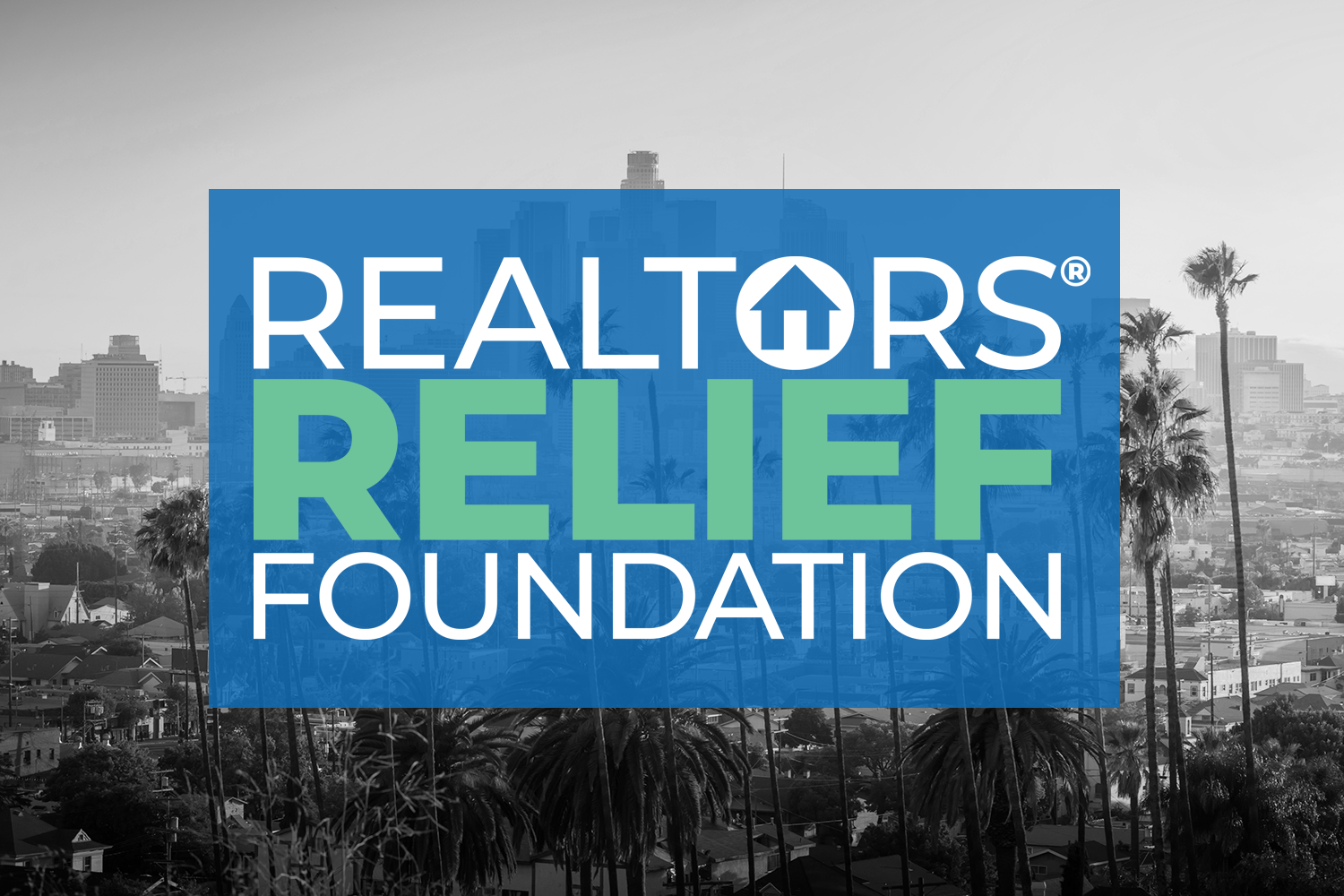
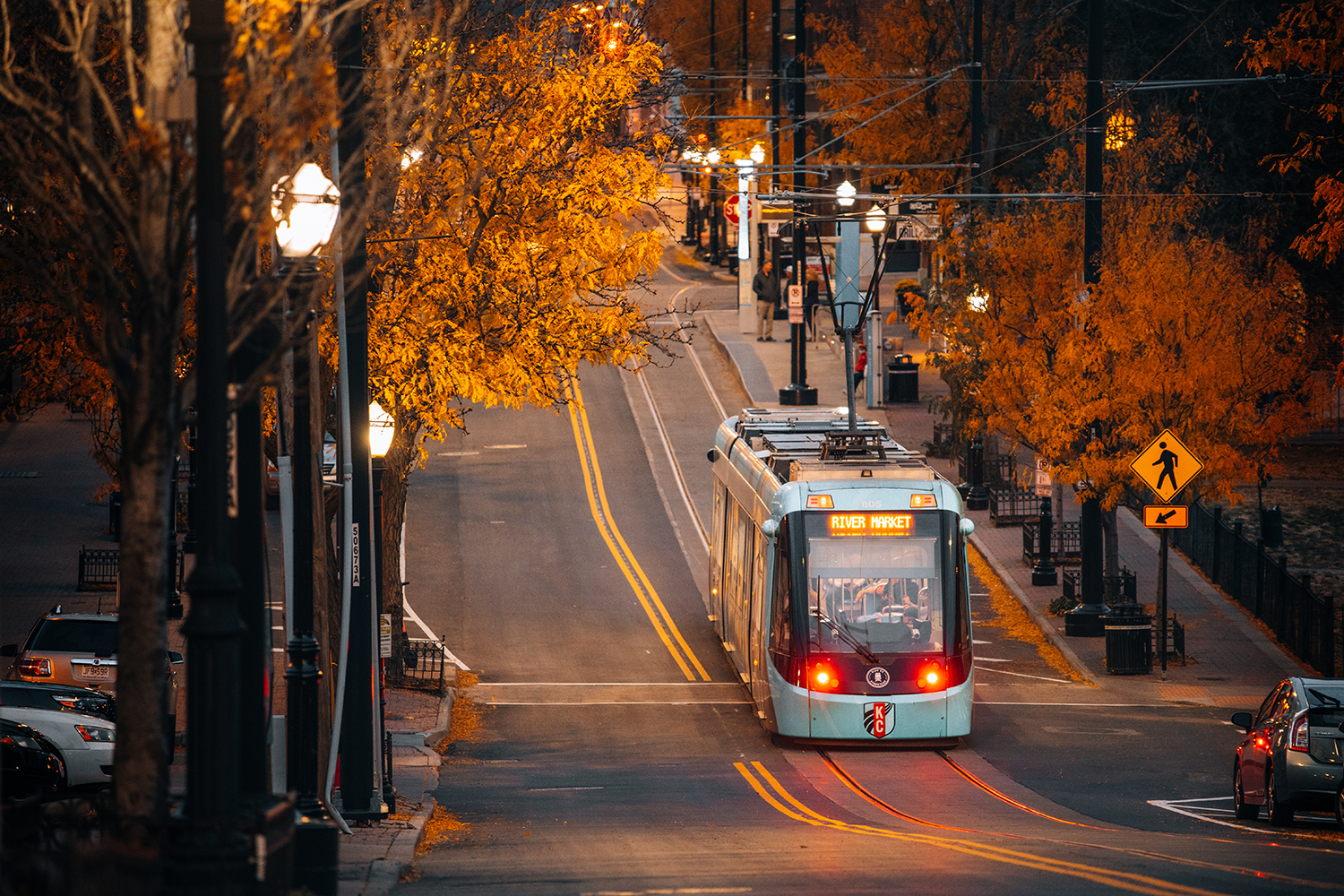
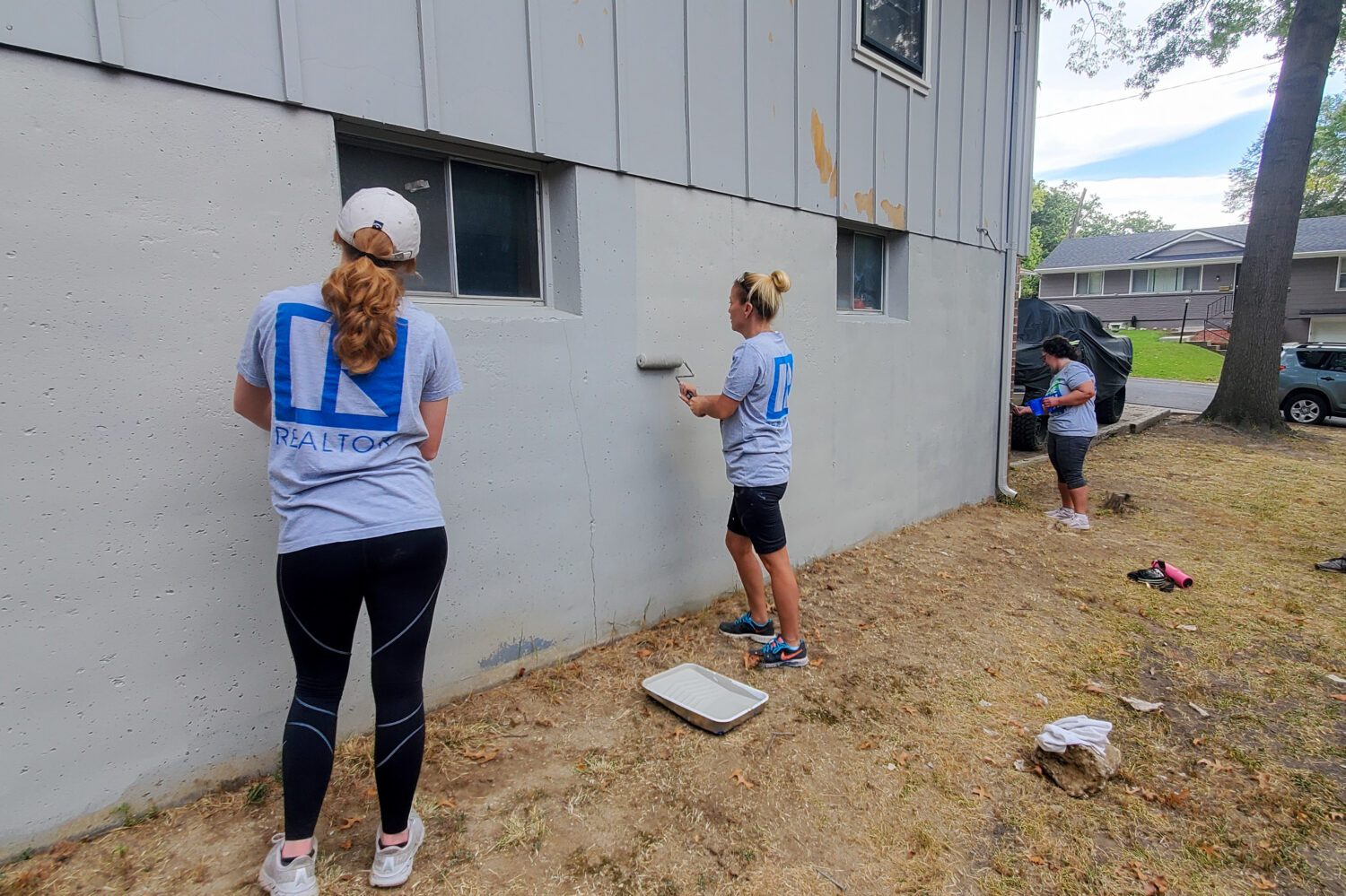

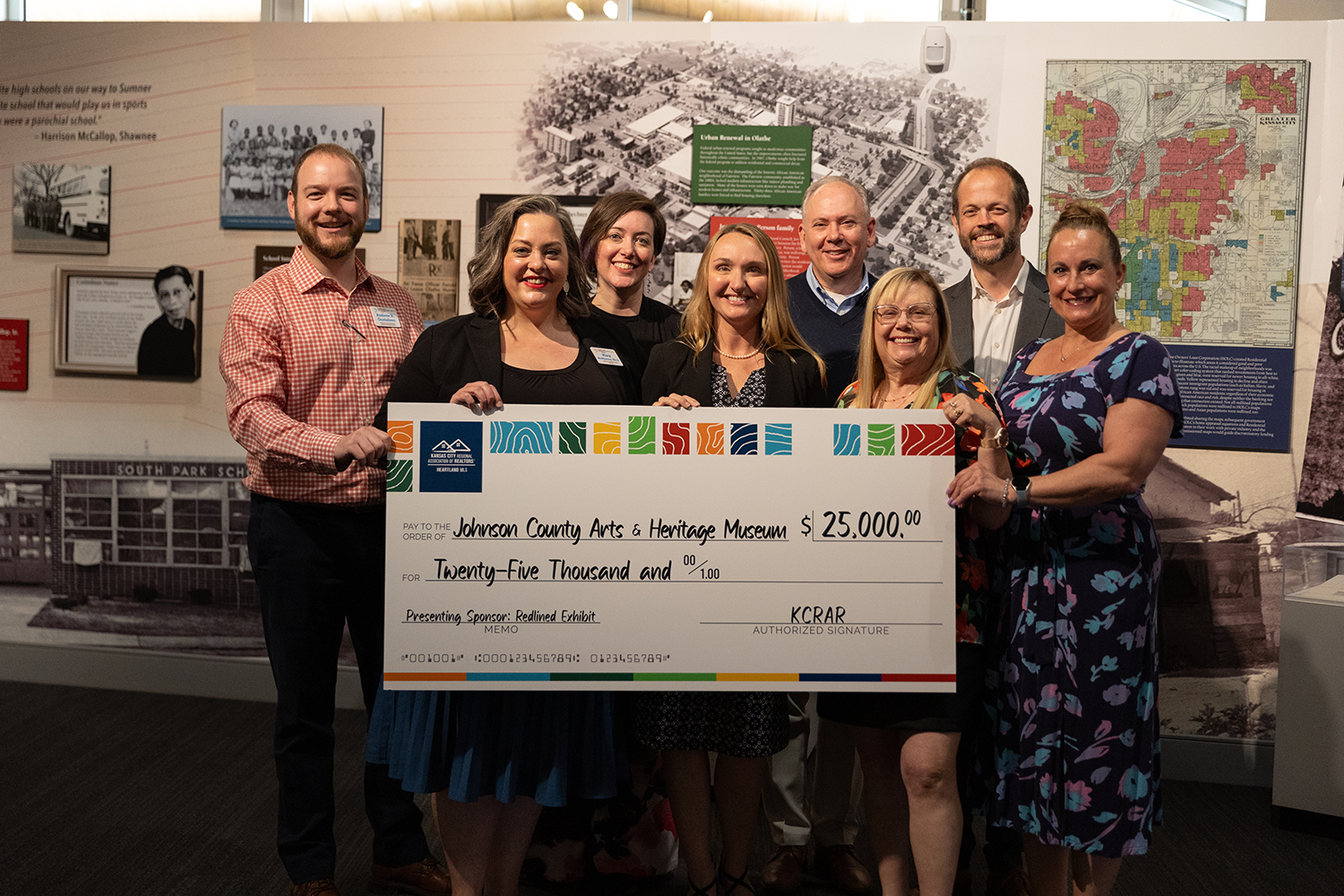
Ursala Sims • February 26, 2022 at 5:58 am
Can this information be shared in social media?